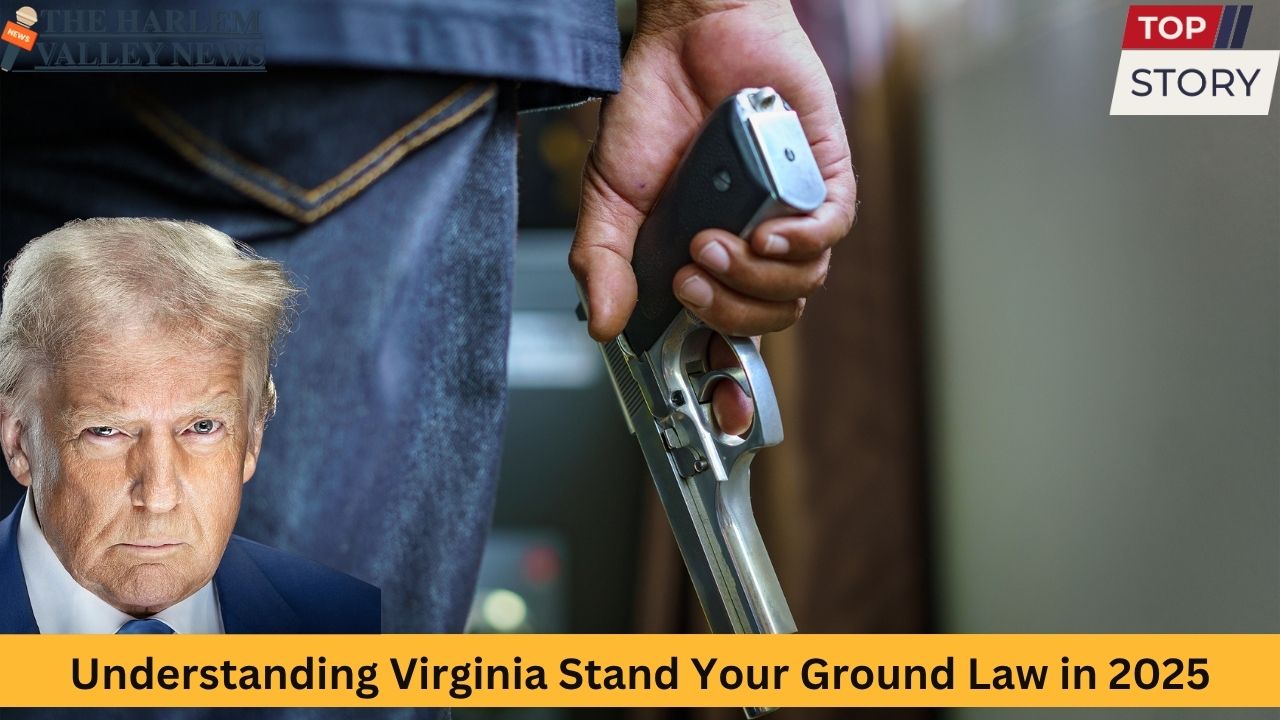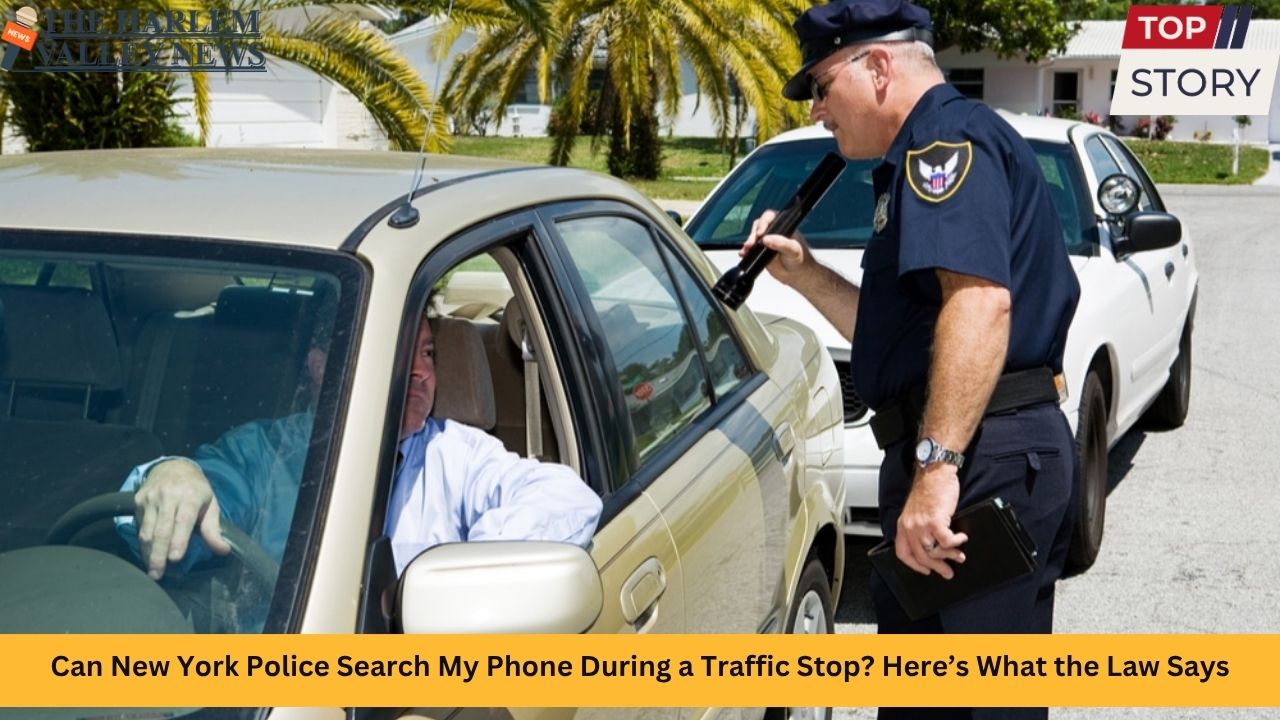Self-defense laws are one of the most debated aspects of criminal law in the United States, and “Stand Your Ground” statues have generated significant controversy and confusion. In 2025, Virginia’s legal landscape for self-defense continues to blend centuries of legal tradition with evolving interpretations in courts. If you live in Virginia, whether it’s bustling cities like Richmond and Virginia Beach or quieter spots like Roanoke or Harrisonburg, it’s essential to understand how these laws apply in real-life situations. This exhaustive guide will break down the nuances of Virginia’s version of Stand Your Ground in 2025, using real facts, practical examples, and key statistics.
What is a Stand Your Ground Law?
A Stand Your Ground law asserts that a person may use force, including deadly force, to defend themselves without any obligation to retreat if they are lawfully present where the incident occurs. In simpler terms, if faced with a threat, the person does not have to run away before responding with force to protect themselves.
Most states in the U.S. have passed explicit Stand Your Ground statutes, while a handful, like Virginia, have developed their own approach via court precedent rather than legislative action.
The Legal Landscape in Virginia
No Statutory Stand Your Ground Law
As of 2025, Virginia does not have a written Stand Your Ground statute in its criminal code. Instead, Virginia’s self-defense principles have developed through centuries of case law and judicial precedent rather than through an explicit statute passed by the General Assembly.
The “No Duty to Retreat” Doctrine
Virginia courts have established that there is generally no duty to retreat in situations where a person is lawfully present and has not provoked an attack. This means:
-
You are legally allowed to defend yourself in your home, workplace, car, or public spaces like parks, shops, and schools—provided you are there lawfully.
-
If threatened with imminent serious injury or death, you do not have to attempt to escape before using reasonable force to protect yourself.
This doctrine is sometimes called a “common law Stand Your Ground,” and its standards are especially relevant in diverse communities throughout Virginia, including cities like Norfolk, Alexandria, and Newport News.
Key Elements of Self-Defense in Virginia
Understanding the practical application of Stand Your Ground ideas in Virginia requires a closer look at the self-defense requirements that courts actually use:
1. Reasonable Perception of Threat
-
You must reasonably believe that you or someone else is under an imminent threat of serious bodily harm or death.
-
The threat must be immediate and believable to an ordinary person in your situation.
2. Proportional Use of Force
-
The level of force used must be proportional to the threat.
-
Deadly force can only be used when facing an equally deadly threat.
3. Not the Aggressor
-
You cannot claim Stand Your Ground protection if you provoked or started the confrontation.
-
If you started the fight, you must attempt to withdraw or communicate clearly that you wish to stop before force becomes legally defensible.
4. No Duty to Retreat if Innocent
-
If you did not provoke the confrontation, there is no duty to retreat, regardless of your location.
5. Limitations for Property Defense
-
You can use reasonable (non-lethal) force to stop a trespasser or protect property, but deadly force cannot be used unless your life or someone else’s life is in danger.
Urban vs. Rural Virginia: Who is Impacted?
Virginia’s cities like Arlington, Chesapeake, and Portsmouth are quite different from rural or suburban areas. Stand Your Ground situations arise in various settings:
-
Urban settings involve public transportation, parking lots, bars, and densely populated neighborhoods where arguments can escalate quickly.
-
Suburban/rural areas may see confrontations on private property or public lands, such as hunting disputes or trespassing incidents.
The courts apply the same “no duty to retreat” principle, whether an incident occurs in downtown Richmond or a remote Shenandoah Valley farmhouse—as long as you are lawfully present.
Real-World Scenarios
Scenario 1: Alleyway Assault in Richmond
If you’re walking downtown and someone threatens you with a weapon, you are not required to retreat. You may use force to defend yourself if you reasonably believe your life is at risk.
Scenario 2: Trespasser in a Virginia Beach Home
A stranger breaks into your home at night. This is classic Castle Doctrine: you can defend yourself and your family using necessary force. No duty to retreat applies.
Scenario 3: Road Rage Incident in Alexandria
An altercation at a traffic light escalates. If you did not start the argument and are threatened with deadly force, Stand Your Ground offers you a legal defense for using proportional force.
Misconceptions and Pitfalls
-
Myth: “I can shoot anyone on my property.”
You can only use deadly force if you face an imminent threat of serious harm or death. Merely being on your property is not enough to justify lethal action. -
Myth: “Stand Your Ground means no consequences.”
You may still be investigated and prosecuted if law enforcement or prosecutors believe your use of force was unreasonable or you were the aggressor. -
Myth: “Virginia doesn’t have Stand Your Ground at all.”
Virginia’s common law provides many of the same protections, but case law and court precedent are more important than a formal statute.
Trends and Statistics in 2025
While there is no single “Stand Your Ground” law in Virginia, statistics point to important trends:
-
Cities like Norfolk, Richmond, and Virginia Beach have higher self-defense claims in both home invasions and public settings.
-
Statewide homicide rates: According to national studies, states with Stand Your Ground laws see an 8% to 11% increase in homicides, but Virginia has not seen such a dramatic jump, possibly due to tighter judicial scrutiny and lack of a broad statutory provision.
-
Demographics: Most incidents involving Stand Your Ground defenses occur among adult males aged 25-54, mirroring national trends.
In 2024, Virginia reported over 1,200 incidents classified as self-defense claims where the defendant cited fear of imminent harm. The highest numbers were recorded in Richmond (197), Virginia Beach (163), and Norfolk (121). However, only a fraction were ruled justifiable in court, reflecting both the seriousness of such incidents and the strict standards enforced by Virginia courts.
How Virginia’s Law Compares Nationally
Virginia is among a smaller set of states relying heavily on common law and judicial interpretation for self-defense, as opposed to the explicit, sweeping statutory language found in states like Florida and Texas.
-
Statutory Stand Your Ground States: Florida, Texas, Georgia, and 29 others allow deadly force with zero duty to retreat in public places.
-
Common Law No-Duty States: Virginia, California, Washington, and Illinois rely primarily on case law rather than written statutes.
-
Strict Duty to Retreat States: New York, Massachusetts, and others require escape (if safe to do so) before using deadly force outside the home.
High-Profile Cases in Virginia
In recent years, several cases have tested the boundaries of Stand Your Ground principles.
1. Fredericksburg Convenience Store Case (2024)
A store clerk faced an armed robber and used lethal force. The jury found the use of force justified under Virginia’s self-defense precedent as the threat was imminent, and the clerk had not provoked the incident.
2. Charlottesville Parking Lot Dispute (2023)
A heated argument escalated when one individual brandished a weapon after being threatened, but no shots were fired. The court found the display of force defensible since the person reasonably feared imminent harm.
Criticism and Ongoing Debates
Civil rights groups in Virginia argue that Stand Your Ground concepts can disproportionately impact marginalized communities. There is concern about subjective perceptions of threat, particularly in racially charged situations.
On the other hand, proponents argue that the principles empower law-abiding citizens in communities like Petersburg, Hampton, and Fairfax to protect themselves, especially in the face of rising gun violence.
Legislators in Richmond continue to introduce bills aimed at clarifying or revising self-defense standards, but as of 2025, no bill has overridden the common law “no duty to retreat” precedent.
Practical Guidance for Virginians
If you ever find yourself in a threatening situation in cities like Lynchburg, Danville, or Manassas, remember these practical steps:
-
Be Mindful: Always assess if retreat is safely possible, even if the law does not require it.
-
Use Only Necessary Force: Match your response to the level and immediacy of the threat.
-
Do Not Pursue: Stand your ground does not give you the right to chase after an aggressor once the immediate danger has passed.
-
Call Law Enforcement: Report the incident as soon as possible and cooperate fully with authorities.
Conclusion
Virginia’s approach to Stand Your Ground in 2025 is defined by judicial precedent more than formal legislation, but it offers robust protections for those who are lawfully present, not initial aggressors, and who face immediate, credible threats. The most important takeaway for anyone in Virginia—from urban centers like Richmond and Virginia Beach to rural towns and mountain hamlets—is simple: your right to defend yourself is protected, but it is also carefully limited and scrutinized by the courts. Responsible citizens should not only know the law, but also exercise prudence and restraint when their safety is at stake.
For every resident and visitor, understanding these principles is essential. The law may spell out your rights, but your judgment in any moment of danger is what matters most.
















Leave a Reply